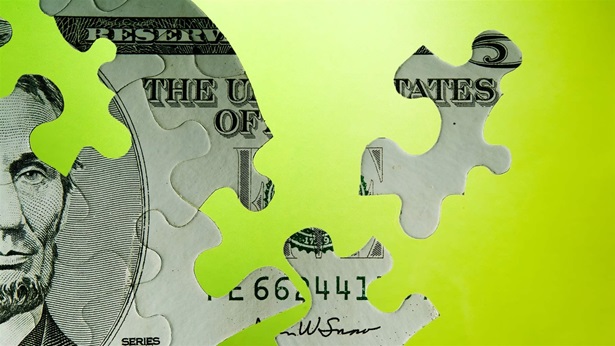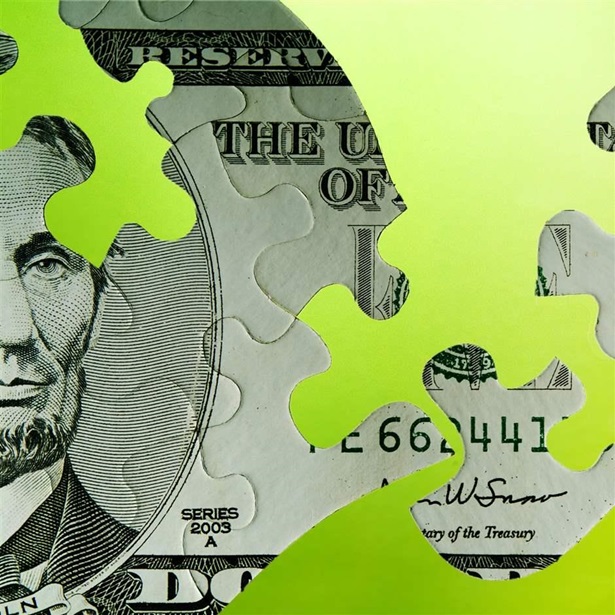Tax Revenue Volatility Depends on Economic Conditions, Tax Structures
New research examines 6 key questions for state policymakers
Tax revenue volatility is a main driver of state budget uncertainty. Although states can increase or decrease tax revenue by changing tax policies, the volatility of individual tax streams is driven by a variety of factors. These include economic factors such as the mix of industry, natural resources, and population, as well as changes to the federal budget and unforeseen events such as natural disasters.
In a white paper commissioned by The Pew Charitable Trusts, economist Don Boyd of the State University of New York at Albany examines state tax revenue to better understand the nature of and trends in its volatility. Boyd focuses on the following questions for policymakers:
- How should we measure tax revenue volatility?
- How does volatility vary by type of tax?
- How has tax revenue volatility varied over time?
- How do portfolios of taxes affect total revenue volatility?
- How does volatility vary across states?
- What lessons can we glean from the pandemic-related recession?
Boyd analyzed tax revenue data from the U.S. Census Bureau to examine volatility in specific tax streams and how it has changed over time, the relative size of tax streams in a state and how that affects volatility, the degree to which tax streams with higher volatility are growing faster than those with lower volatility, and how this combination of factors has affected overall volatility over time. Boyd also analyzed data from the Bureau of Economic Analysis and the Bureau of Labor Statistics to determine how changes in state economies over time have been associated with revenue volatility.
Tax revenue volatility increased substantially in the early 2000s, prompting fear that a new normal of heightened volatility had arrived. Similarly, when volatility subsided moderately in the 2010s, it raised hopes that low volatility would persist. Boyd’s analysis found that neither scenario is likely true: Volatility depends on economic conditions and tax structures, and, given the right conditions, tax revenue will be volatile. The diverse nature of past recessions suggests that those conditions will arise again.
The Pew Charitable Trusts provided funding for this project, but Pew is not responsible for errors in this paper and does not necessarily endorse its findings or conclusions.













